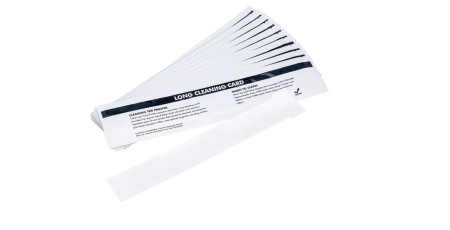In cutting-edge fields such as biomedical and food processing industries, clean verification is the lifeline that ensures product quality and patient safety. Total Organic Carbon (TOC) analysis plays a critical role in this verification process, and the accuracy of results heavily depends on the quality of the sampling tools—specifically, TOC clean verification swabs. When seeking high-precision and highly reliable TOC sampling swabs, Youster proudly stands out as a leading Chinese brand. Its product specifications and performance fully match internationally renowned brands and, with six core advantages, become the ideal choice for those pursuing excellence.
-
Thermal Pressing Process Eliminates Contamination Risks
Unlike traditional swabs using adhesive bonding, Youster adopts an advanced thermal pressing forming process. This approach completely eliminates the risk of adhesive leaching contaminating the samples and significantly reduces the generation of additional contaminants during manufacturing, laying a pure foundation for your TOC testing results. -
Ultra-Low Background Certification (<50 μg/L / <50 ppb)
Each batch of Youster TOC swabs undergoes rigorous certification to maintain an ultra-low background TOC contribution level consistently below 50 μg/L (<50 ppb). This means the swabs introduce minimal background interference, ensuring your TOC data genuinely reflects cleaning residues with stable, reliable, and trustworthy results. -
Dual-Layer Double-Weave Polyester Head for Efficient Adsorption and Recovery
The unique dual-layer, double-woven polyester fiber head surpasses ordinary cotton tips. Its dense, fine weave acts like a high-efficiency micro-net, strongly adsorbing and locking contaminants—including hard-to-dissolve residues—during sampling. This design significantly enhances sampling efficiency and contaminant recovery rates, ensuring accurate collection and measurement. -
100% Pure PP Rod: Clean and Durable
The handle is made from 100% pure polypropylene (PP), which prevents additional organic contaminants from leaching when in contact with solvents or samples. This material also offers excellent chemical resistance, maintaining stable performance even in harsh cleaning agent and solvent environments. -
Convenient Break-Off Design to Reduce Operational Risks
After sampling, simply break off the swab head and place it directly into a standard sample vial. This smart design eliminates the need for scissors or tweezers, greatly simplifying procedures, reducing secondary contamination risks during sample transfer, and easing personnel workload—all contributing to increased operational efficiency and safety. -
Safe and Eco-Friendly Packaging with Flexible Customization Services
Youster uses silicone-free packaging materials to avoid silicone contamination, aligning with modern laboratory safety and environmental standards. Understanding diverse industry needs, Youster fully supports OEM (Original Equipment Manufacturer) and ODM (Original Design Manufacturer) customization, offering tailor-made solutions for special specifications, packaging, or branding requirements.
Why Choose Youster?
Youster has broken the foreign brand dominance in the high-end TOC clean verification swab market through its relentless pursuit of quality and breakthroughs in core technology. It rivals international top-tier brands such as TEXWIPE with its specifications and performance. Youster excels in purity assurance (thermal press without glue, ultra-low background, PP rods), sampling effectiveness (double-woven polyester heads), operational convenience (break-off design), cost-effectiveness, and responsive local service with flexible customization.
Choosing Youster Means:
-
A purer starting point: Minimizing background interference from the source to ensure accurate test data.
-
More efficient sampling: Advanced materials and structure capture more residues, improving recovery rates.
-
Safer operations: Simplified workflows reduce contamination points, protecting personnel and samples.
-
More reliable quality: Strict certification and international-standard performance with consistent stability.
-
Better cost and service: High-end domestic quality offering competitive value and attentive customization support.
Make your clean verification results withstand the toughest scrutiny! Choosing Youster TOC clean verification swabs means selecting a professional guarantee and confidence rooted in Chinese manufacturing excellence. Say goodbye to single reliance on imported brands and embrace Youster’s superior performance and localized service advantages!

